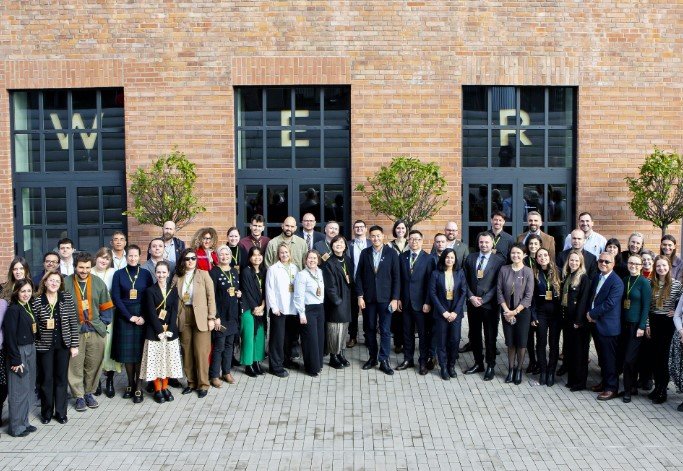Germany and the United Nations Development Programme (UNDP) have joined forces to adapt the Kutaisi City Court to better serve persons with disabilities. This initiative, supported by the Georgian NGO ‘Mariani’, aims to create an inclusive environment by installing wheelchair lifts, tactile paths, and accessible bathrooms. The project, funded by Germany with up to GEL 350,000, is part of a broader effort to ensure equal access to justice and legal services for all citizens.
Enhancing Accessibility for Wheelchair Users
The adaptation of the Kutaisi City Court includes several key features to improve accessibility for wheelchair users. One of the most significant additions is the installation of platform stairlifts, which allow wheelchair users to navigate the building with ease. These stairlifts are designed to accommodate various types of wheelchairs, ensuring that all users can benefit from this enhancement.
In addition to the stairlifts, the court has also installed wheelchair lifts to provide access to different floors. These lifts are equipped with safety features to ensure a smooth and secure ride for users. The installation of these lifts is a crucial step in making the court more accessible and user-friendly for individuals with mobility impairments.

The project also includes the adaptation of bathrooms on the basement floor to meet the needs of wheelchair users. These bathrooms are equipped with grab bars, lowered sinks, and other features to ensure that they are fully accessible. This comprehensive approach to accessibility demonstrates a commitment to creating an inclusive environment for all court users.
Supporting Persons with Visual Impairments
In addition to improving accessibility for wheelchair users, the project also focuses on supporting persons with visual impairments. One of the key features of this initiative is the installation of tactile paths throughout the court premises. These paths are designed to guide visually impaired individuals safely and efficiently through the building.
The tactile paths are complemented by the installation of tactile signs, which provide important information in a format that is accessible to visually impaired users. These signs are strategically placed throughout the court to ensure that users can easily find their way around the building. The combination of tactile paths and signs is a significant step towards creating a more inclusive environment for persons with visual impairments.
The project also includes training for court staff to ensure that they are equipped to assist visually impaired users. This training covers a range of topics, including how to guide visually impaired individuals and how to provide information in an accessible format. By equipping staff with these skills, the project aims to create a more supportive and inclusive environment for all court users.
Promoting Inclusive Public Spaces
The adaptation of the Kutaisi City Court is part of a broader effort to promote inclusive public spaces in Georgia. This initiative is supported by the German Government and the UNDP, as well as other international organizations and civil society groups. The goal is to create public spaces that are accessible to all individuals, regardless of their abilities.
One of the key aspects of this effort is the involvement of persons with disabilities in the design and implementation of the project. By including individuals with disabilities at every stage of the process, the project ensures that their needs and perspectives are fully considered. This participatory approach is essential for creating truly inclusive public spaces.
The project also aims to raise awareness about the importance of accessibility and inclusion. Through public campaigns and educational initiatives, the project seeks to promote a culture of inclusion and respect for the rights of persons with disabilities. By fostering a greater understanding of these issues, the project hopes to create a more inclusive society for all.
